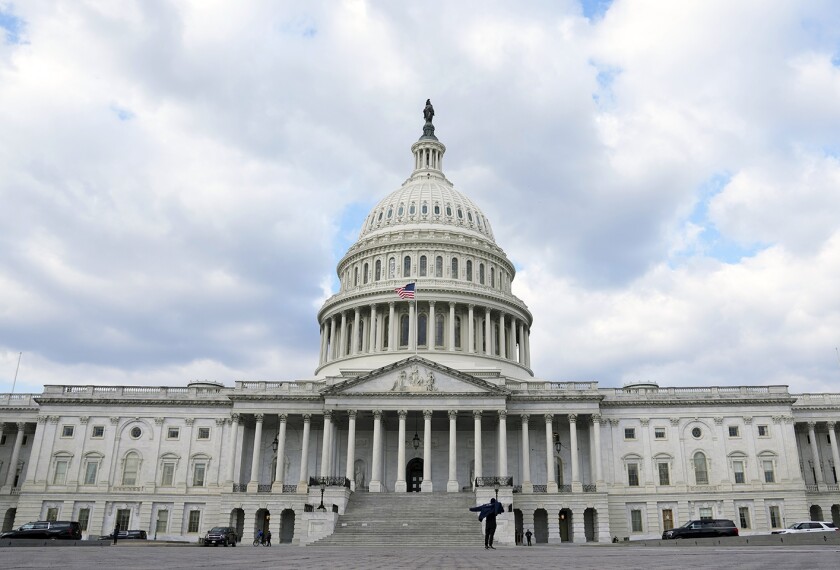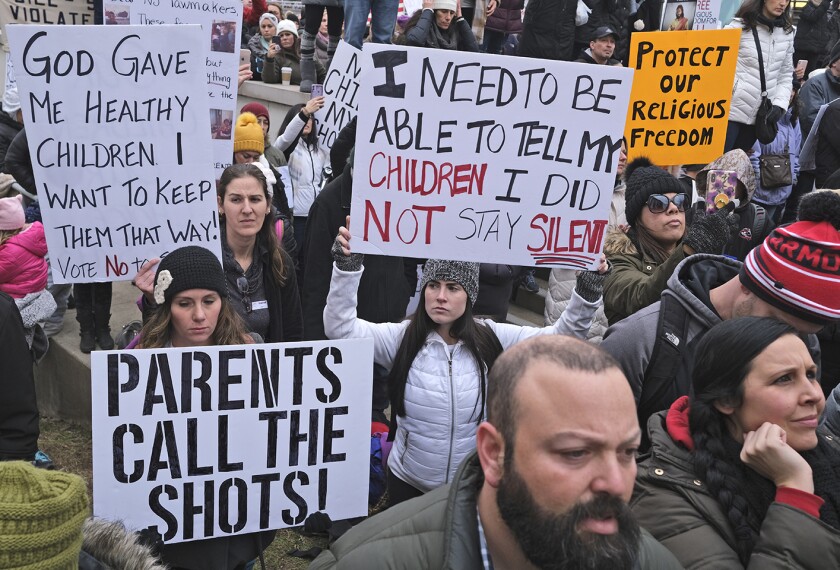Here are summaries of recent annual addresses by governors around the country.
ALASKA
GOV. SARAH PALIN (R) • JAN. 22
In her first State of the State address since her unsuccessful run for vice president in 2008, Gov. Palin asked lawmakers to continue a commitment to education funding made last year, despite a $1 billion projected state budget shortfall because of Alaska’s declining oil revenues.
The governor also said she would continue to “encourage opportunities” for special-needs students, an issue that arose in the presidential campaign, partly because of attention paid to her infant son, Trig, who was born with Down syndrome.—Sean Cavanagh
MARYLAND
GOV. MARTIN O’MALLEY (D) • JAN. 29
Read more from our updated collection of “2009 State of the States.”
Gov. O’Malley made it clear during his address to lawmakers that spending on education will not suffer even during these harsh economic times, reiterating his proposal to spend an additional $68.3 million on K-12 education. His budget plan, unveiled Jan. 20, would bring total annual K-12 spending to $5.4 billion.
In his speech, he cited Maryland’s high ranking for its public schools in the most recent edition of Education Week’s annual Quality Counts report, and linked the quality of the state’s schools to the economy. He also proposed an additional $22 million for school lunch and other nutrition programs.–Michele McNeil
MONTANA
GOV. BRIAN SCHWEITZER (D) • JAN. 28
Gov. Schweitzer proposed a new tax on gas and oil production in the state that could yield more than $40 million in additional money to pay for higher teacher salaries.
Under a bill introduced hours before Gov. Schweitzer’s speech, the teacher pay increases would be funded by imposing a state tax of $1 for a barrel of oil and 8 cents for every thousand cubic feet of natural gas. During his re-election campaign last year, the governor boasted of increasing K-12 education funding by 27 percent—to more than $650 million—and offering full-day kindergarten statewide since taking office in 2005.–Dakarai I. Aarons
TEXAS
GOV. RICK PERRY (R) • JAN. 27
Gov. Perry called on Texas legislators returning for their biennial session “to improve education in our state at every level,” emphasizing high school improvement efforts, the importance of educational technology, and steps to ease the burden of rising college tuition.
He called for an updating of laws and regulations so that schools can more easily purchase educational technology. And he received applause from the legislature when he proposed that college-tuition rates be frozen at the level that a student pays when entering a college or university as a freshman.—Mary Ann Zehr
UTAH
GOV. JON HUNTSMAN JR. (R) • JAN. 27
Gov. Huntsman touted the state’s progress in expanding full-day kindergarten, offering Mandarin Chinese foreign language classes to more students, and raising teacher salaries. He also called for 2009 to be the “year of math” in K-12 and higher education, without giving specifics.
But he acknowledged to lawmakers that progress on many education-reform efforts—including on such costly initiatives as raising teacher salaries—may stall in light of economic pressures. Utah’s budget shortfall next fiscal year is expected to be about $450 million, out of a total $10.6 billion budget.
“While in these times we may not be able to further that investment, we must not lose ground,” the governor said.—M.M.
WISCONSIN
GOV. JAMES E. DOYLE (D) • JAN. 28
Gov. Doyle, while warning of significant belt-tightening to come in the state budget, said he would like to pass a law requiring private health insurers to cover autism. Treatment has been proven effective, he said, “and families deserve the right to see their children improve.”
He also warned of the need to balance budget pressures against educational needs. “I am not going to say education funding is off limits,” he told lawmakers. “But I will not allow cuts that ruin the quality of our classrooms or make universities and technical colleges out of reach for working families.” —Christina A. Samuels




